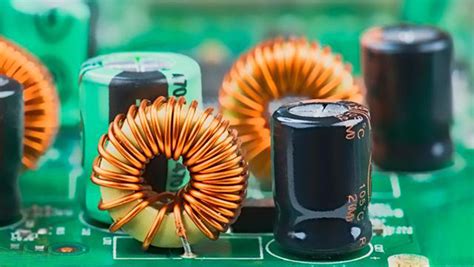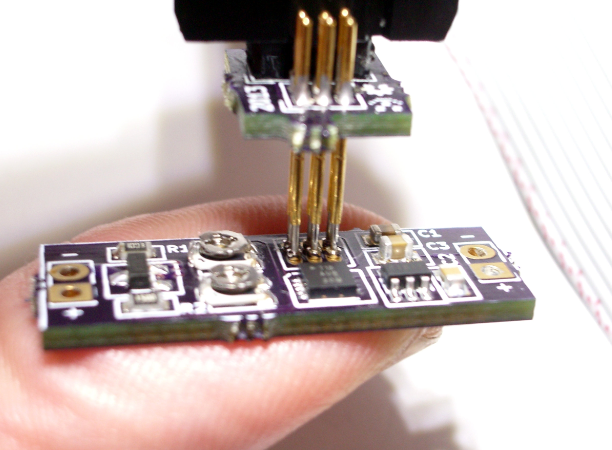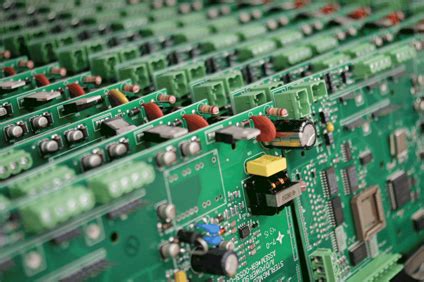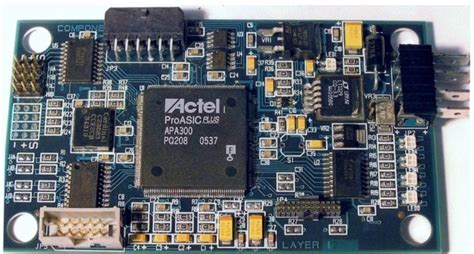The Evolution and Importance of US-Based PCB Prototyping
Introduction
Printed Circuit Board (PCB) prototyping is a critical phase in electronics development, allowing engineers and designers to test and refine their concepts before mass production. In the United States, PCB prototyping has evolved significantly, driven by advancements in technology, demand for rapid innovation, and the need for high-quality, reliable electronic components. This article explores the landscape of US-based PCB prototyping, its benefits, key players, technological advancements, and future trends.
The Significance of PCB Prototyping
1. Accelerating Product Development
Prototyping enables engineers to identify design flaws early, reducing costly revisions in later stages. By testing functionality, signal integrity, and thermal performance, companies can ensure their products meet industry standards before full-scale manufacturing.
2. Cost Efficiency
While prototyping incurs initial expenses, it prevents expensive mistakes in mass production. US-based prototyping services offer competitive pricing with quick turnaround times, making them attractive for startups and established firms alike.
3. Customization and Flexibility
Different industries require unique PCB specifications—whether for aerospace, medical devices, or consumer electronics. US prototyping labs provide tailored solutions, including multi-layer boards, high-frequency designs, and rigid-flex configurations.

Key Players in US-Based PCB Prototyping
Several American companies lead the PCB prototyping industry, offering cutting-edge services:
1. Advanced Circuits
One of the largest US-based PCB manufacturers, Advanced Circuits provides fast prototyping with options for same-day turnaround on simple designs. Their services include rigid, flex, and metal-core PCBs.
2. Sunstone Circuits
Known for their user-friendly online quoting system, Sunstone offers high-quality prototypes with quick lead times. They support complex designs, including HDI (High-Density Interconnect) boards.
3. PCBWay (US Branch)
While originally a Chinese company, PCBWay has expanded its US operations, offering affordable prototyping with reliable shipping and local support.
4. ProtoExpress (Sierra Circuits)
Specializing in high-speed and high-frequency PCBs, ProtoExpress caters to industries requiring stringent performance standards, such as defense and telecommunications.
Technological Advancements in PCB Prototyping
1. Faster Turnaround Times
With automation and advanced manufacturing techniques, US labs now deliver prototypes in as little as 24 hours, a significant improvement over traditional lead times.
2. High-Density Interconnect (HDI) Technology
HDI allows for smaller, more efficient PCBs with finer traces and microvias, essential for modern electronics like smartphones and IoT devices.
3. 3D Printing and Additive Manufacturing
Some US firms are experimenting with 3D-printed PCBs, enabling rapid iteration and complex geometries that traditional methods struggle with.
4. AI and Machine Learning in Design Validation
AI-powered tools analyze PCB designs for potential issues, reducing human error and improving reliability before fabrication.

Benefits of Choosing US-Based PCB Prototyping
1. Quality Assurance
US manufacturers adhere to strict quality standards (e.g., IPC-A-600), ensuring reliable and durable PCBs.
2. IP Protection
Domestic prototyping reduces risks associated with offshore manufacturing, where intellectual property theft can be a concern.
3. Supply Chain Reliability
Local production minimizes delays caused by global shipping disruptions, as seen during the COVID-19 pandemic.
4. Support for Innovation
Many US prototyping firms collaborate with research institutions and tech startups, fostering innovation in electronics.
Challenges in US PCB Prototyping
Despite its advantages, the industry faces hurdles:
1. Higher Costs Compared to Offshore Options
Labor and regulatory compliance increase expenses, though the trade-off is often better quality and faster delivery.
2. Shortage of Skilled Labor
The demand for experienced PCB designers and engineers outpaces supply, prompting companies to invest in training programs.
3. Environmental Regulations
Strict EPA guidelines on chemical usage in PCB manufacturing require additional compliance efforts.
Future Trends in US PCB Prototyping
1. Increased Adoption of Flexible and Stretchable PCBs
Wearable technology and medical devices will drive demand for unconventional PCB forms.
2. Sustainability Initiatives
More firms are adopting eco-friendly materials and processes, such as lead-free soldering and recyclable substrates.
3. On-Demand Prototyping Services
Cloud-based platforms will allow engineers to upload designs and receive instant quotes, streamlining the ordering process.
4. Integration with IoT and 5G
As 5G networks expand, PCBs will need to support higher frequencies and lower latency, pushing prototyping labs to innovate further.
Conclusion
US-based PCB prototyping remains a cornerstone of electronics innovation, offering speed, quality, and security that offshore alternatives often cannot match. With continuous advancements in manufacturing technologies and a strong focus on R&D, American prototyping services are well-positioned to meet the demands of emerging industries. As the world moves toward smarter, more connected devices, the role of efficient and reliable PCB prototyping will only grow in importance.
By choosing US-based prototyping, companies invest not only in their products but also in the broader ecosystem of technological progress. The future of electronics depends on the ability to prototype quickly, accurately, and sustainably—and the US is leading the charge.






